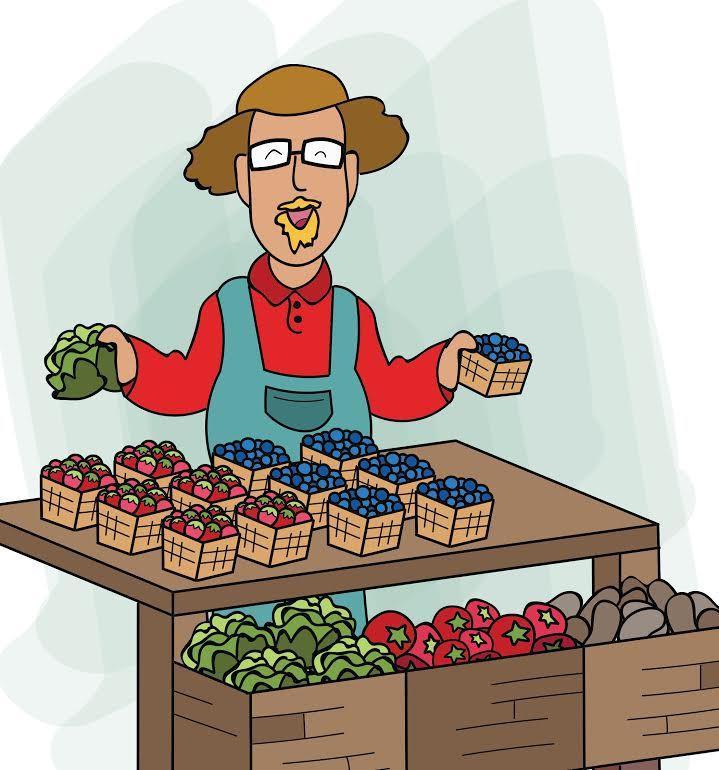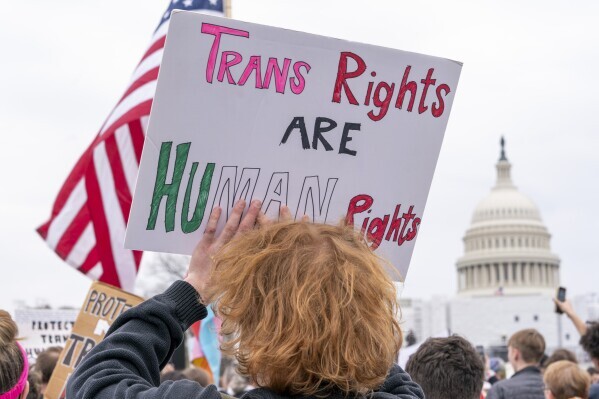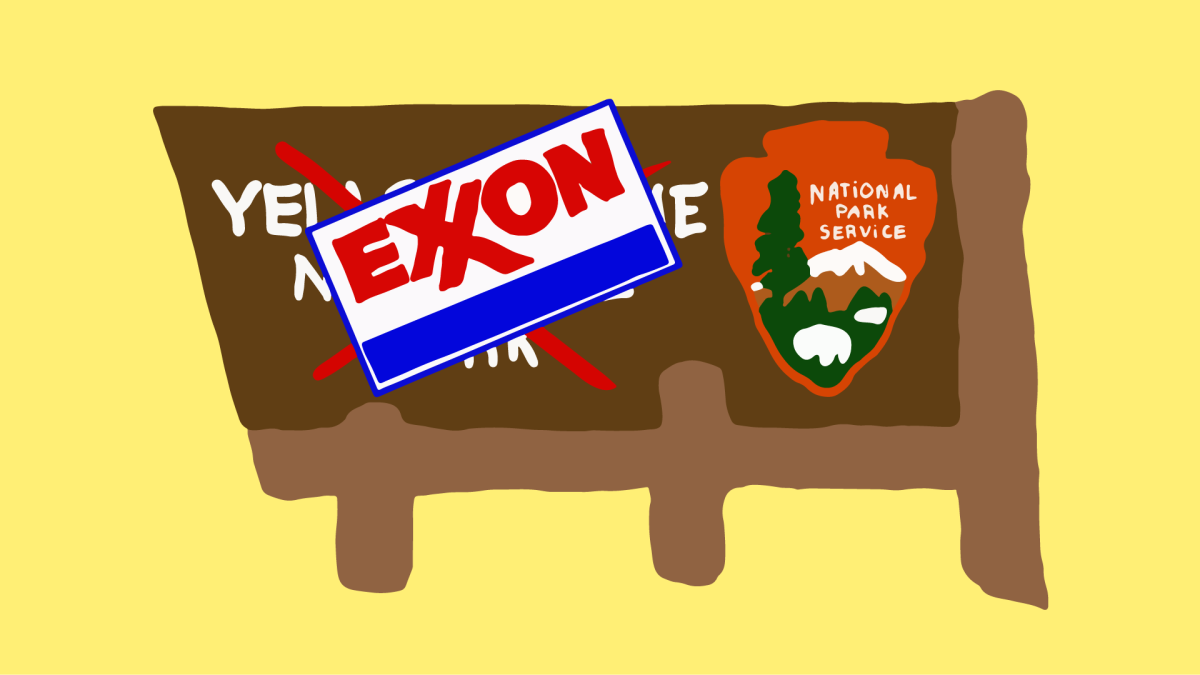Since I was old enough to be socially conscious, I’ve been passionate about food deserts. That’s a weird concept — what even is a food desert?
A food desert is defined as an urbanized area where residents have little to no access to quality, economical food sources like fresh produce because grocery stores are not within an accessible distance. According to the U.S. Department of Agriculture, approximately 2.3 million people “live more than one mile away from a supermarket and do not own a car.”
I think the reason I formed an opinion about this so early is because it was evident to me, a Baton Rouge resident, that this was a concrete dilemma for some of my fellow community members.
My family, which comes from a food culture of daily assorted vegetables and absence of processed or pre-packaged options, noticed our inability to grab simple meals on the way home from school or work. Our choices were limited to choosing which fast food restaurant’s french fries we were in the mood for.
I didn’t realize until later in life that having an abundant number of liquor stores, gas stations and fast food restaurants was not a measure of convenience but instead of deprivation.
It is no surprise that the location of these food deserts is tied to the presence of low-income neighborhoods.
“Studies have found that wealthy districts have three times as many supermarkets as poor ones do,” says the Food Empowerment Project.
Supermarket chains are not willing to bet their money on neighborhoods of people who lack financial support. When nutritious food isn’t available for families over generations of time, it creates an inescapable cycle of malnourishment and a general decline in health in the community.
Superstores, like Walmart and Whole Foods, online retailers and large companies chase out local business owners by setting up an image of convenience, with false claims of quality. It is impossible for small business owners to compete with these corporations when they can easily cut corners on quality and still be credible to the public.
They also drain money out of the local economy to put toward their own growth and expansion, which has no positive fiscal feedback on the financial status of the area.
An equally relevant effect of the presence of these chains and corporations is their lack of accessibility to lower income families. They only cater to the population of people they can be sure will loyally spend on their products. This still leaves out the percentage of people in this country who can’t access these selectively favorable businesses.
In East Baton Rouge Parish’s case, at least 75,000 people — 17,000 of which are children — live in this category. Reversing the effects of this process can only be done through reducing dependency on corporations investing in local farmers. This would, in turn, stimulate the flow of money amongst ourselves.
Local farmers and local small business owners have the ability to provide their cities with truly organic, GMO free and even lower priced produce. Local crops taste better because they don’t have to be preserved or frozen to prepare for traveling long distances. This also saves on transportation costs and consumption of fossil fuels as gasoline.
The agriculture industry and farming community continue to decline as our food gets processed through an increasing number of machines and middle-men down the chain of bureaucracy. One can’t help but wonder if the food we eat even comes from the ground anymore, or if it’s just laboratory chemicals with incomprehensible names and delicious flavors.
It doesn’t help that superstores throw “organic” labels at us all of the time, which people have come to interpret as being a healthier and more environmentally friendly option, which is misguided. The USDA allows pesticides and other chemicals to be overlooked as long as they are deemed essential. But even the Secretary of Agriculture in the 1990s, Dan Glickman, said that “the organic label is a marketing tool. It is not a statement about food safety. Nor is ‘organic’ a value judgement about nutrition and quality.”
Consumers are fueling the growth of stores who manipulate the idea of a healthy, affordable, yet convenient lifestyle to create dependency based on a false premises. Meanwhile, local grocery stores shut down because they’re losing too much income and thus become as inaccessible to the people who need it most as any other fresh produce provider.
If we help support local farmers and provide them with enough demand to increase their supply, we could control the distribution of healthy food through a more self-sufficient community.
Truthfully, we don’t pay enough attention to where our food comes from. Questioning it would mean thinking past the convenience. It would mean not settling for what’s closest or quickest, for those of us who have the freedom to choose what we eat. We can’t fall for false labeling because there is more authority in the USDA than your local farmer, even though he is less likely to allow the use of preservatives and harmful chemicals in his product.
People are willing to pay double the price for a label that says “Whole Foods” because it comes with the assumption of health consciousness, than to pay a lower cost from a local, reputable farmer.
Baton Rouge resident Tamika Porter made a great point in a statement to The Advocate.
“If there’s such a thing as whole food, then what am I giving my children? Half food?”
Anjana Nair is an 18-year-old international studies sophomore from Baton Rouge, Louisiana.
Supporting local farmers could reduce hunger, ‘food deserts’
By Anjana Nair
September 27, 2016







